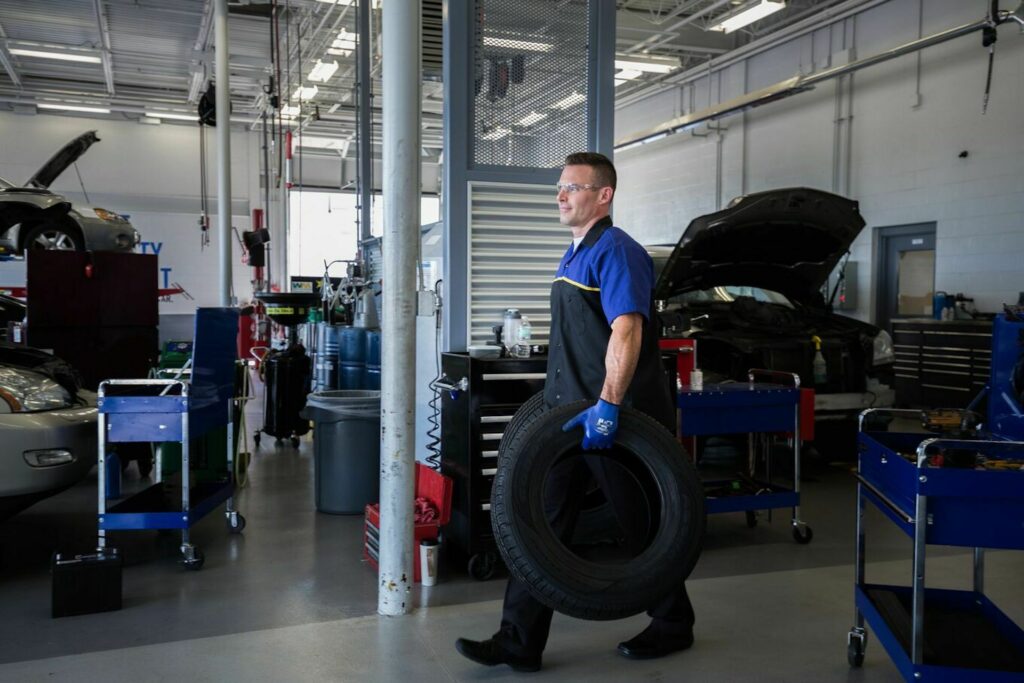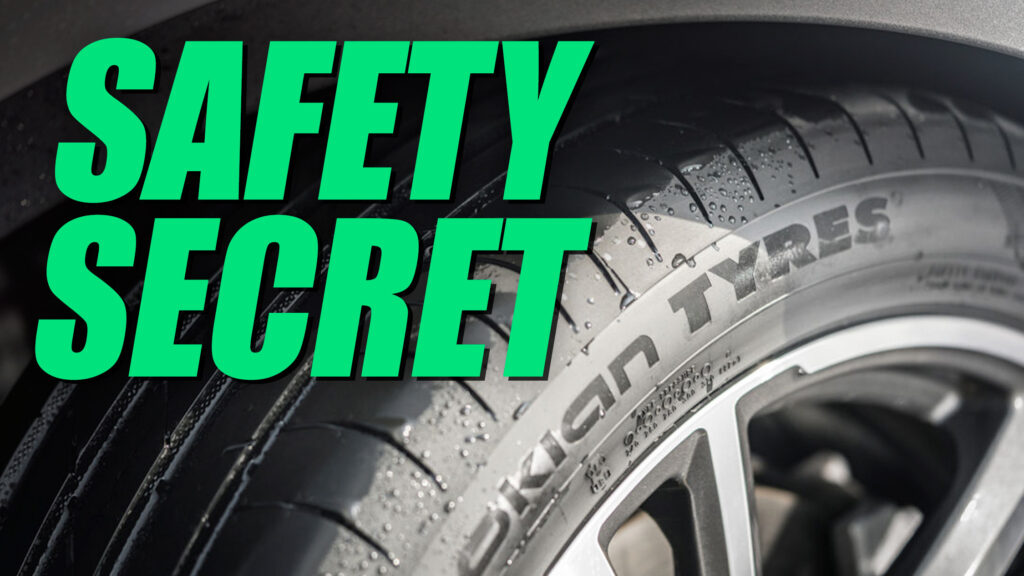- Tire experts say that up to half of drivers don’t realize that when worn-out front tires are replaced, they should be switched to the rear axle.
- Putting them on the back ensures maximum stability when cornering and prevents dangerous and unexpected oversteer moments.
- Michelin engineers say the rule applies regardless of whether the car is front, rear, or all-wheel drive.
It seems so right to so many drivers, but tire experts say it’s completely wrong. They say that when we need need to replace worn-out front tires, we should never put those new tires on the front axle. Instead, we should put them on the back axle, and move the tires that were on the back to the front.
You might already know this rule, but Michelin UK’s technical manager Brian Porteous recently suggested to the country’s Auto Express that up to half of British drivers had no idea that this was necessary at tire-upgrade time, and that many tire shops didn’t know it either. I can believe it.
Speaking from personal experience, I’ve had several sets of front tires replaced, and not once has the technician suggested rotating the wheels to put the brand new rubber on the back.
Related: Tesla Cybertruck Owner Shocked By Tires Wearing Out In Under 7,000 Miles
But why would you want the best tires on the back when it’s the front end that needs to do all the turning and heavy braking? It’s all to do with stability. Putting the healthiest tires on the rear minimizes the chance of any shock breakaway oversteer slides that could be deadly on a wet public road with other vehicles around, and unyielding roadside furniture to hit.
“Once the vehicle is stable, then you can start thinking about braking and traction,” Porteous told an Auto Express reporter. “And what you actually find is there is sufficient braking and traction from the part-worn tires at the front.”

Crucially, any slip at the front end is going to be easier for the driver to understand and control. You can kind of experience this for yourself without risking a crash if you have a configurable console driving game like Gran Turismo. Try different combinations of hard and soft tires on the front and rear axles of any car and the handling differences are pronounced, a soft-front and hard-rear blend often ending in uncontrollable high-speed drifts.
Michelin’s man also says the ‘new rubber on the rear’ rule applies regardless of your car’s powertrain configuration.
“FWD, RWD and 4×4 all respond in a similar way at the limit of lateral adhesion,” Porteous told the website. “Once sliding, the characteristics and the requirements of the driver to regain stability differ slightly between the different vehicles, but the advice to maintain the best grip at the rear to avoid the possibility of oversteer and lift off oversteer remains the same for all.”




